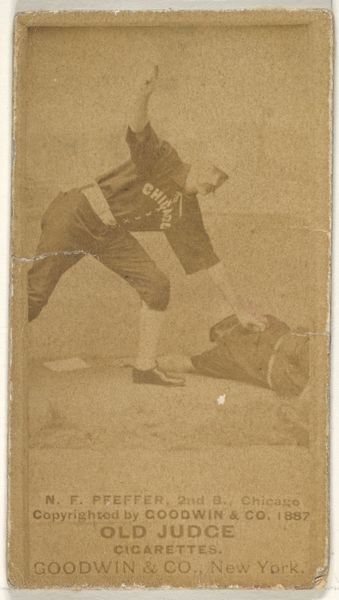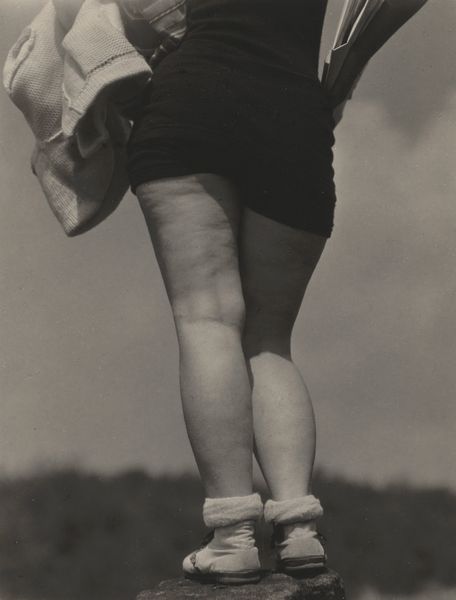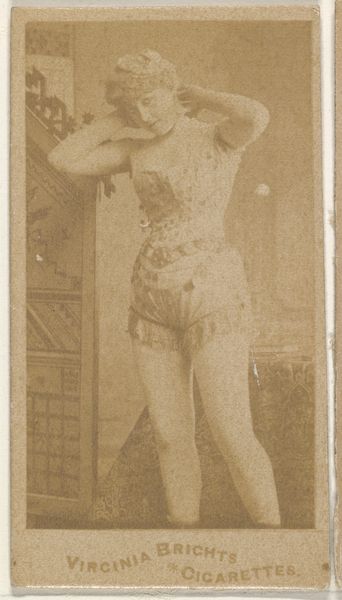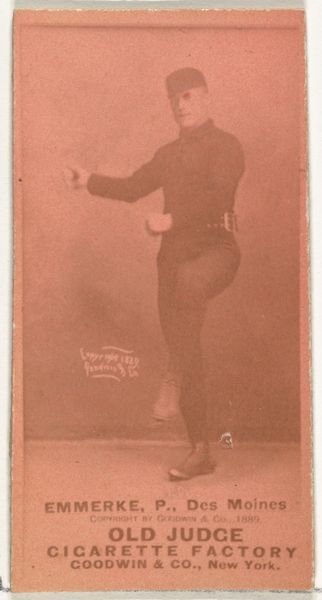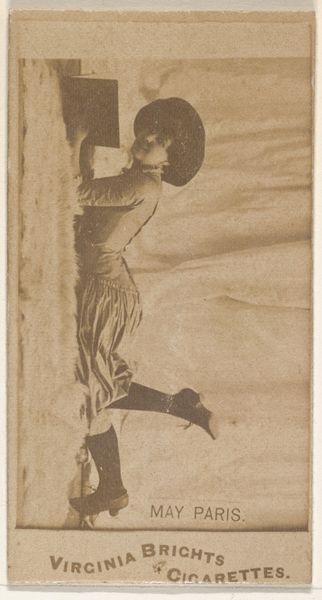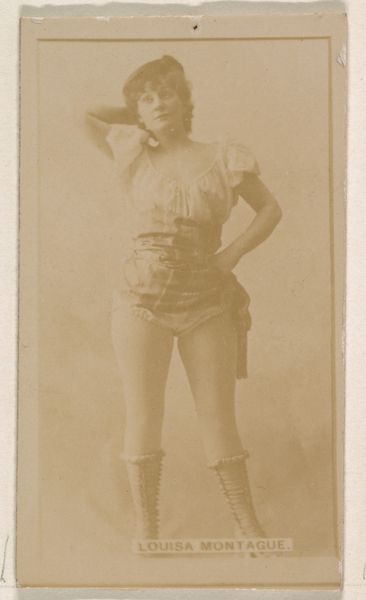
Dimensions: image: 24.3 × 34.1 cm (9 9/16 × 13 7/16 in.) sheet: 27.7 × 35.2 cm (10 7/8 × 13 7/8 in.)
Copyright: National Gallery of Art: CC0 1.0
Curator: This is "Ballet (Septième Symphonie)," a photograph by Alexey Brodovitch, created between 1935 and 1937. It's an image full of ethereal light and movement. Editor: My first impression is of spectral figures, almost ghosts. The image quality feels dreamlike, hazy, like a memory fading. It evokes a strong sense of melancholy, despite the subject being dance. Curator: That sense of fleeting memory feels appropriate when you consider Brodovitch’s place within the artistic circles of the era. Ballet, as an elite performance art, was tied up in ideas of class, gender, and access—it begs the question who is granted the right to perform, the right to take up space? Brodovitch’s lens challenges us to see beyond the stage, toward these broader power dynamics. Editor: I'm particularly drawn to the blurring of the figures; it speaks to a more profound visual language beyond the representational. Notice the hands around the central dancer's face; their exaggerated length calls to mind depictions of religious ecstasy and agony. There's a quality of suffering as much as there is of artistic triumph in that pose. Curator: It’s interesting to note the intentional "overexposure" and blurring through movement that Brodovitch embraced. Consider the ways that queer photographic practice often rejected precision, perhaps due to its inherent exclusion from mainstream culture. He created an effect where everything seems to be slipping away, perhaps signaling the vulnerability and precarity of this world and the dancer’s position in it. Editor: This also creates an interesting paradox, doesn't it? The clarity, even perfection, sought in ballet against the almost deliberate imperfection in this photographic rendering. A friction emerges between control and chaos, presence and absence. Curator: It allows us to recognize the instability inherent in any identity. "Ballet (Septième Symphonie)" becomes not just a portrait but an exploration of what it means to occupy a body, a role, within a society marked by stark inequalities. Editor: I see the image as a reflection on the human condition— a commentary about our collective history and how our minds and memory work. It suggests to me that every dancer holds both the possibility of triumph and the pain of its price. Curator: Precisely. Brodovitch doesn’t provide answers; instead, his lens invites us to ask uncomfortable questions about history, performance, and our relationship to images themselves. Editor: The ghostliness might suggest the ephemeral nature of performance, yet the powerful presence continues to inspire conversation generations later.
Comments
No comments
Be the first to comment and join the conversation on the ultimate creative platform.
